What is the tolerance range of precision screws?
What is the tolerance range of precision screws?
Service Hotline
+86760-8787 8587We have more than ten years of production experience in the screw industry, the main products are: GBT897 stud bolts, raw material copper column, handle fine-tuned mechanical tool inspection tool, 8.8 grade fine thread high-strength hexagon nut, heat-treated T-type nut, factory price supply, 201 Stainless Steel Lock Nuts, Hexagon Weld Nuts, Hook Type Expansion Bolts, Cup Head Screws, High Precision Small Hexagon Screws, Percussion Solid Round Head Rivets, Stainless Steel Thickened Gaskets, Four Slots and Caps The price of fasteners such as national standard shrapnel nuts and other fasteners varies due to different product materials and specifications. If you need it, please contact us.


concealed screw fastener includes a washer, a screw and a shield, one end of the screw is provided with an end cap, the screw penetrates the washer and the end cap is supported on the washer, and the shield covers the end of the screw The cap is peripheral and connected to the gasket. When in use, firstly pass the screw through the washer and then drive it into the screw hole of the connected piece, and then cover the shield on the outer circumference of the end cap of the screw and connect it with the washer.
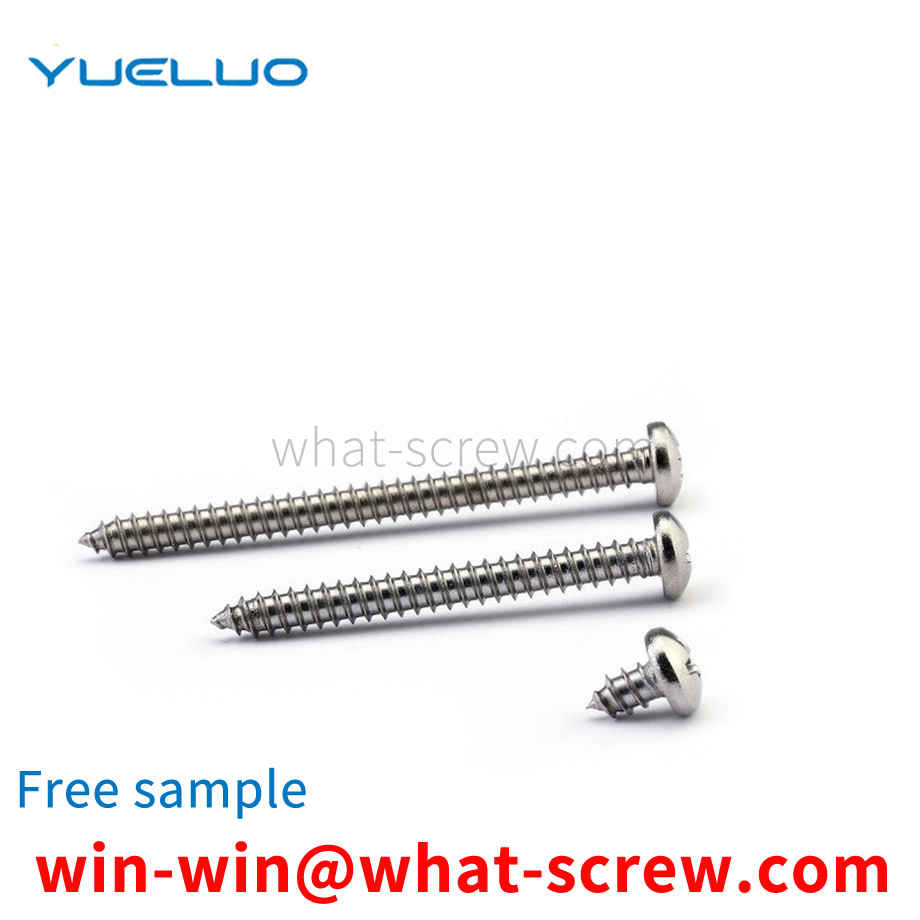
With the advancement of technology in various industries, the current structural design of screws has evolved from just simple locking to focusing on work efficiency during the locking process and not destroying the integrity of the objects to be locked. The new cases such as No. 556784 screw improvement and No. 289414 screw that integrates locking, stability, labor-saving, fast and multi-function, which were previously designed and approved and published in the Central Taiwan Bulletin, are the main representatives of screws. It is clear that It is learned that the two cases not only fully improve the shortcomings of the traditional simple locking screws, but also achieve the purpose of substantial improvement of the screws designed in each case in actual use.
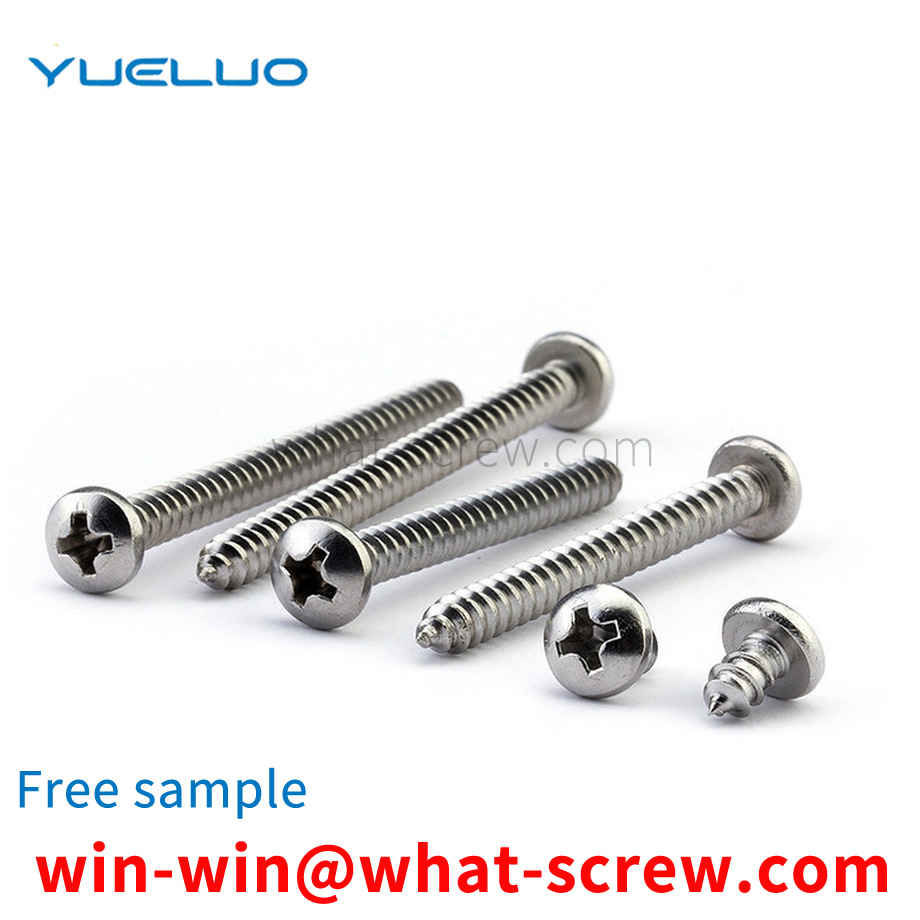
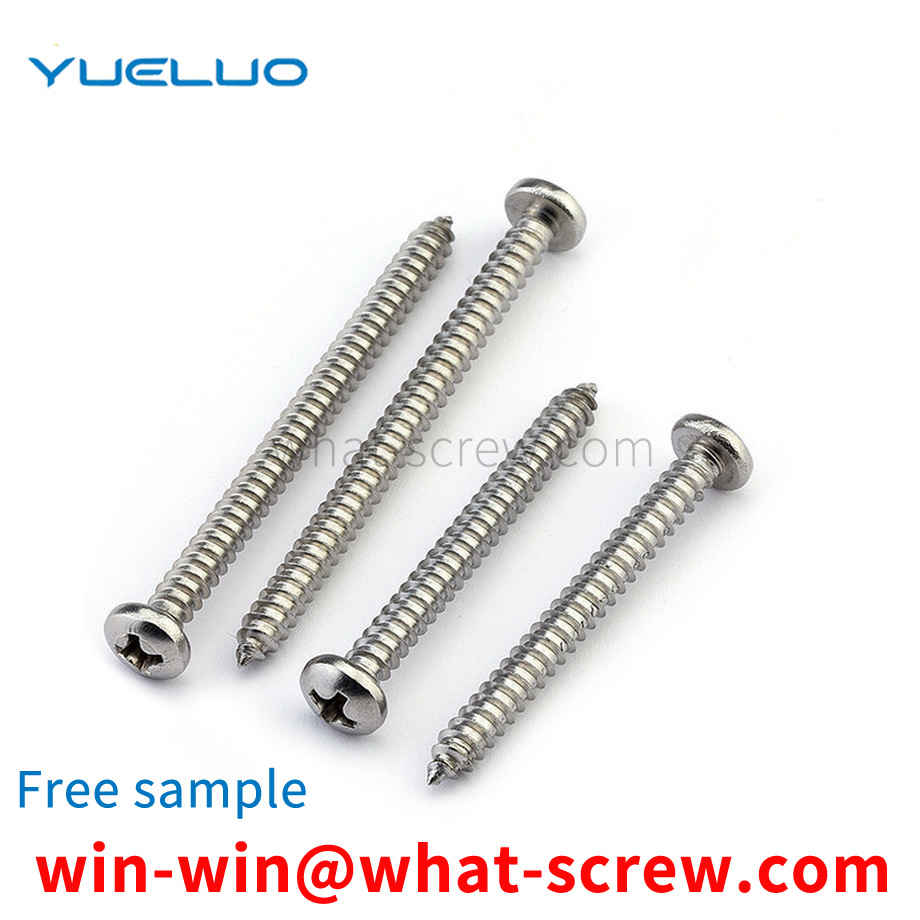
Anti-corrosion technology Stainless steel screws are made of metal, and there are four main methods for metal anti-corrosion, namely the properties of the material itself, the environment of use, the interface between materials and the environment, and the improvement of the metal structure design. If a complete anti-corrosion alloy is used to make stainless steel Screws, unless there is a special need, are not cost-effective in terms of economics, and it is also impractical to completely isolate the appearance of the screw from environmental elements that can cause corrosion. Improving the metal structure design can improve the influence of special circumstances under certain conditions, but the design of most stainless steel screws cannot be fully corrected, and its maintenance effect is not permanent, so this method cannot basically solve the problem, as long as it is on the surface. Top anti-corrosion, that is, surface anti-corrosion treatment is the most widely used method. The anti-corrosion treatment on the surface of stainless steel screws refers to the use of various methods to apply a protective layer on the metal surface. The purpose of avoiding or mitigating corrosion. The protection layer should be able to meet the following requirements: 1. Corrosion resistance, wear resistance, high hardness, 2. The structure is tight, intact, and the pores are small. 3. It has strong separation and good adhesion with the base metal. 4. It is evenly distributed and has a certain thickness. The maintenance layer is usually divided into two types: metal coating and non-metallic coating. Metal coating refers to the use of metal or alloy with strong corrosion resistance to form a maintenance layer on the surface of metal that is easy to corrode. This coating is also called plating. There are quite a few methods and varieties to produce metal coatings, the most common of which is electroplating, followed by molten metal immersion plating (hot dipping) and chemical surface treatment. Non-metallic coating refers to the use of organic polymer materials such as paint and inorganic materials such as ceramics to form a protective layer on the surface of metal equipment or parts. The protective layer can completely isolate the base metal from the environmental medium and prevent the base metal from corrosion due to contact. Corrosion is formed in the medium of stainless steel standard parts.
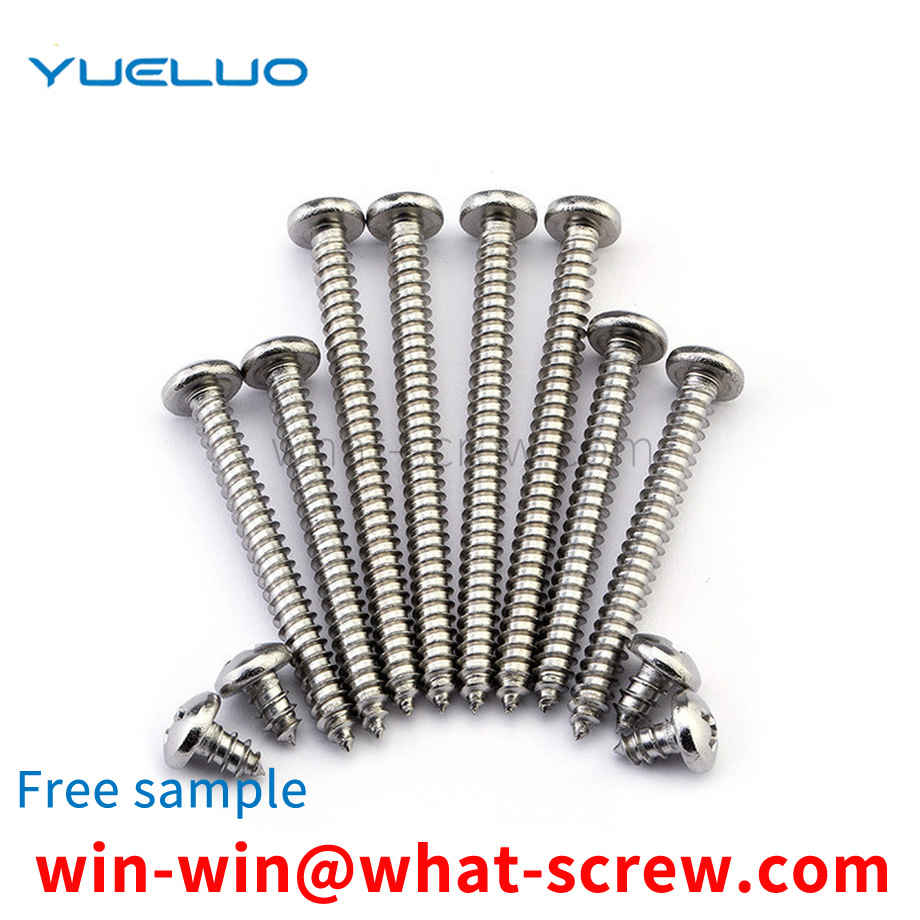
2. Low cycle fatigue Low cycle fatigue means that the fatigue stress is close to or exceeds the yield limit of the material. The material has a certain amount of plastic deformation in each strain cycle. The life is generally in the range of 102 to several times 104, and the fatigue curve is generally used. ε-N curve representation. The finite element calculation results show that after the bolt is screwed into the lock nut, the stress at the root of the threaded piece is large, and part of the surface area is in a yield state, while the strain in the central area of the root of the threaded piece is small, and the strain situation is more complicated. The area with high strain at the root of the thread piece experiences reciprocating loading, which is prone to low cycle fatigue, which reduces the pressure of the thread piece and reduces the screw-out torque.
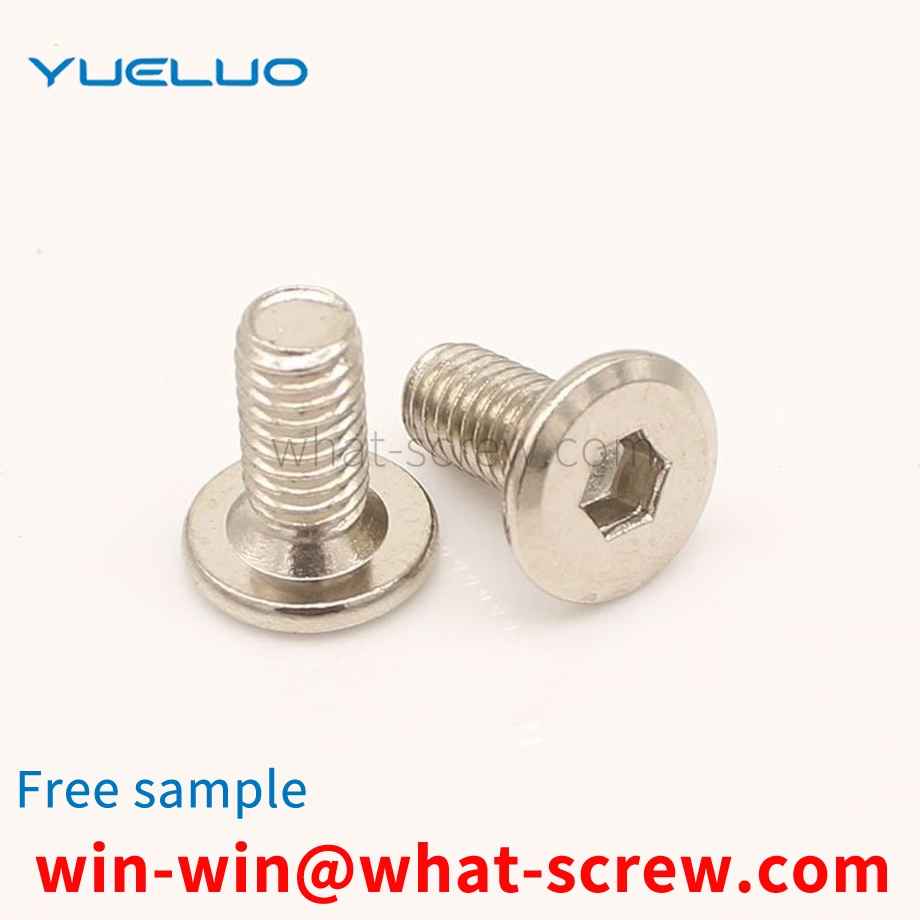
The above content is uploaded by Yueluo or the Internet. If there is any copyright issue, please contact [email protected].

What is the tolerance range of precision screws?

How to choose the right stainless steel screw manufacturer?

Why is there an R angle under the head of the hexagon head s...

We have more than ten years of production experience in the ...

We have more than ten years of production experience in the ...

We have more than ten years of experience in screw industry ...

We have more than ten years of experience in screw industry ...